Once upon a time, a cedar bucket for a head was considered luxury aboard a small boat. L. Francis Herreshoff, in his drawing of his Rozinante, even shows one in use by a Rodin-like Thinker. But no more. “Bucket and chuck it” is a thing of the past. And here on the Maine coast we are strictly Leave No Trace—no cat holes and no digging at all on the islands—so the only alternative is a pack-it-out system, whether used ashore or afloat.The problem is, of course, that small boats are still small. Portable flush toilets, like the classic Thetford and Dometic toilets, are too large to fit into most open boats. The folks at Duckworks decided to find a solution and produced their Small Boat Head System (SBHS): “The aim for it,” according to Duckworks, “is more for last-resort use than for daily function as a head. The idea was a solution that can be realistically carried on a small sail-and-oar type boat. The inspiration was events like the Salish 100 cruise where it’s unlikely we’ll be away from marinas or campground facilities for more than a day, but where a portable head may well be needed in a pinch. And then of course when not being used as a head it can serve other functions—dry stowage, bucket, campfire seat, etc.” The toilet seat fits over the bag and the bucket fits in a non-slip rubberized base that can be screwed in place if desired. The toilet seat is stored separate from the bucket when taken along. The caddy holds the EcoGel and waste bags, which are part of the complete system.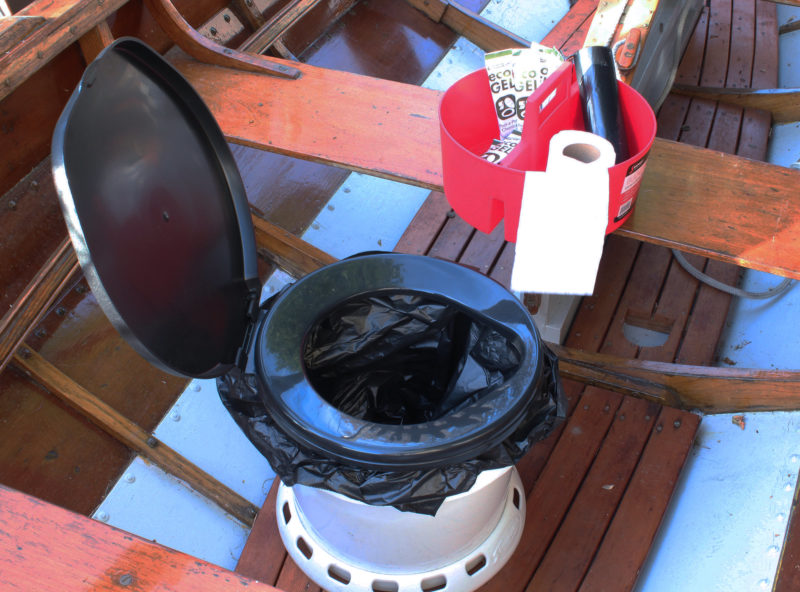 SBM photographs
SBM photographs
Join The Conversation
We welcome your comments about this article. If you’d like to include a photo or a video with your comment, please email the file or link.
Comments (8)
Leave a Reply
Stay On Course

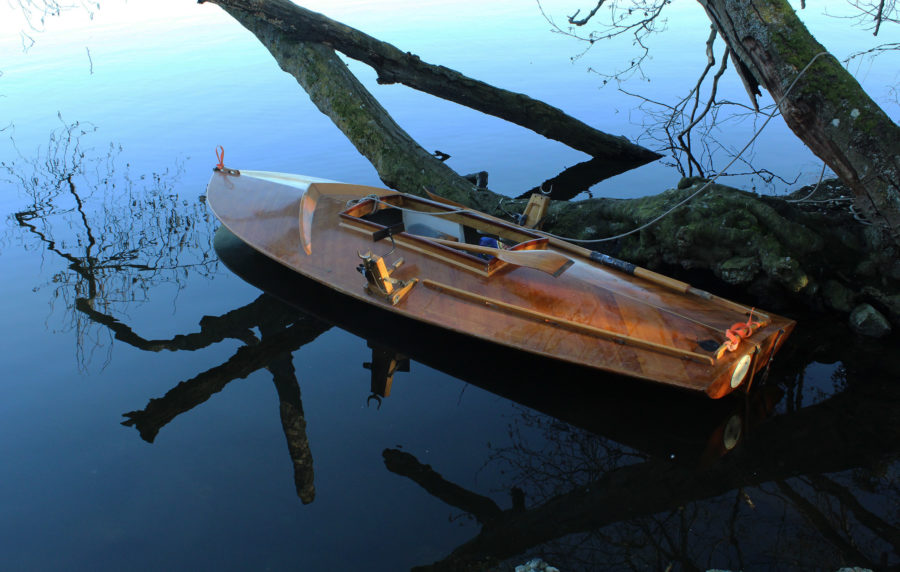
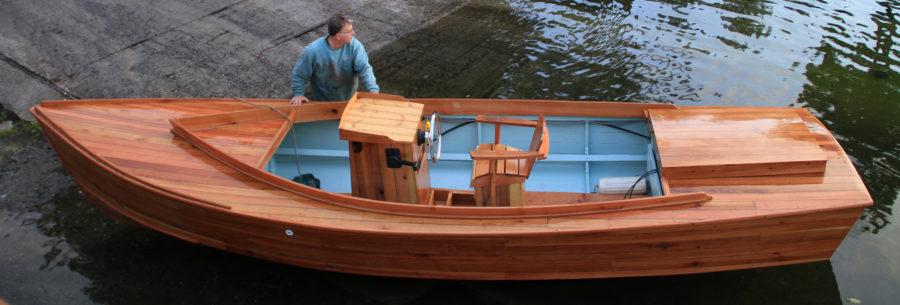
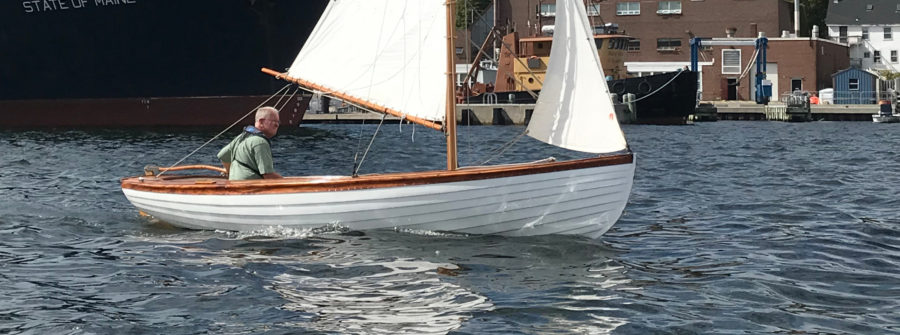
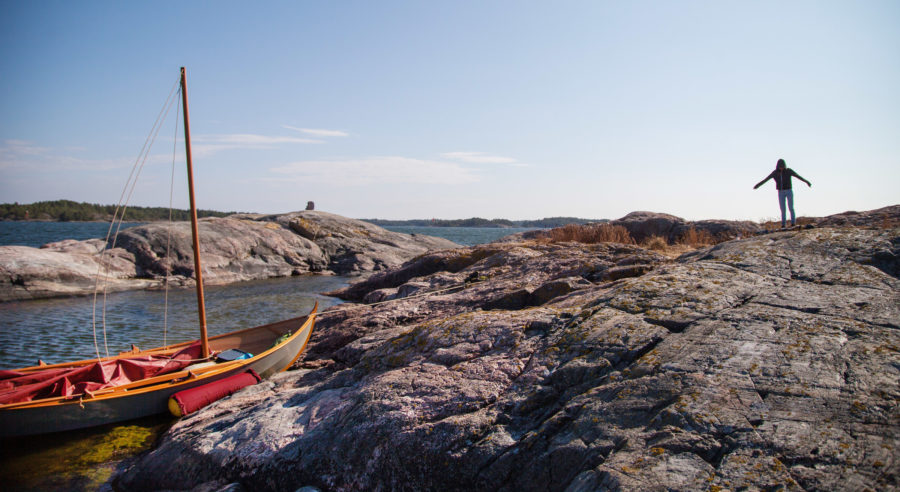
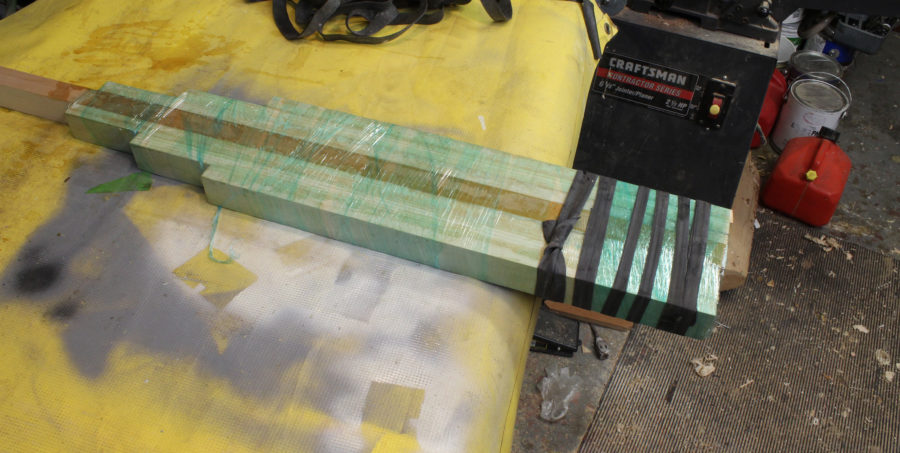
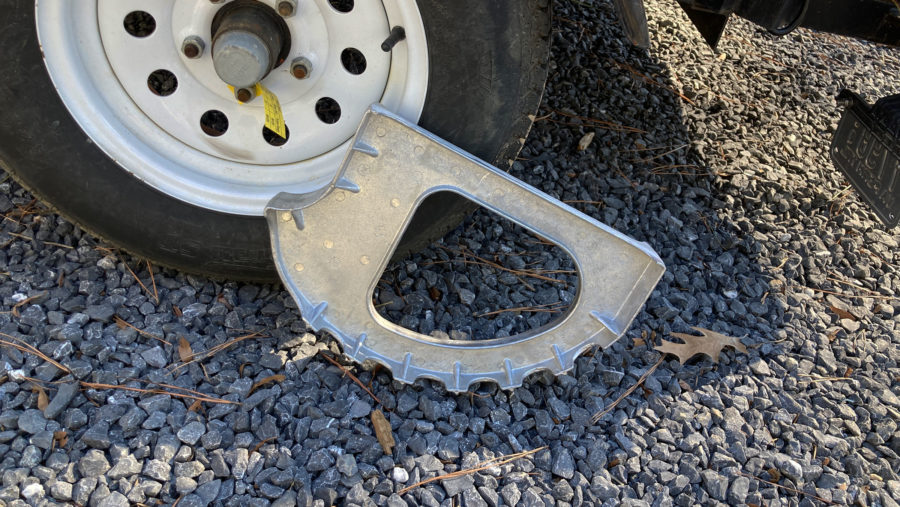
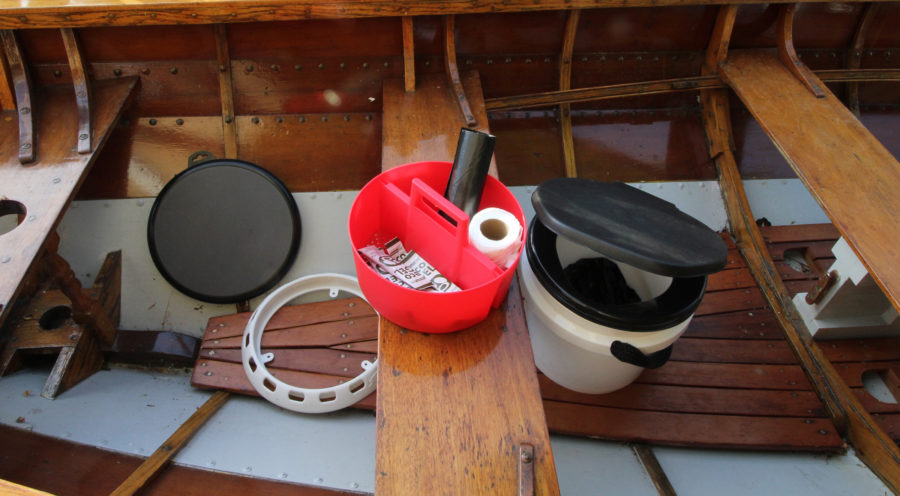
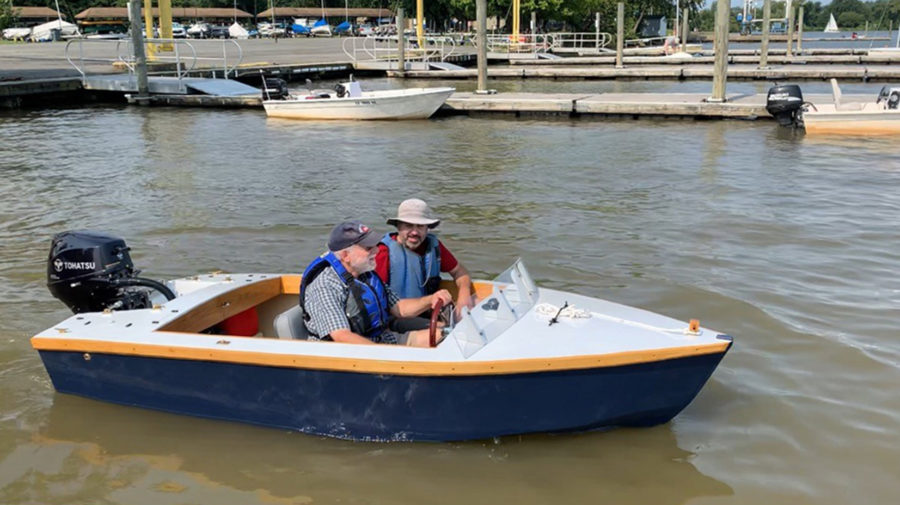
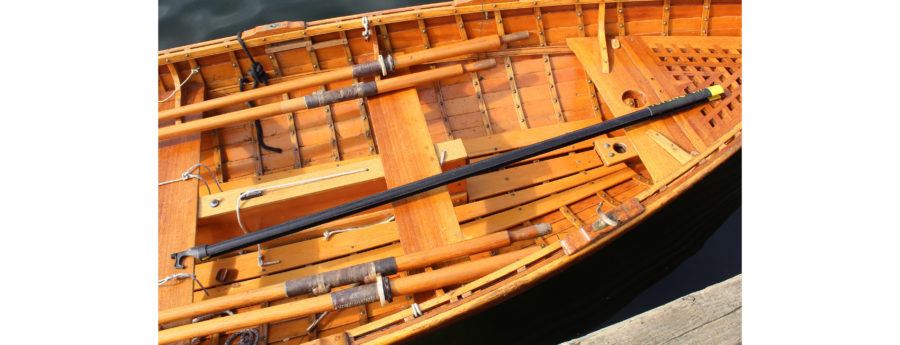
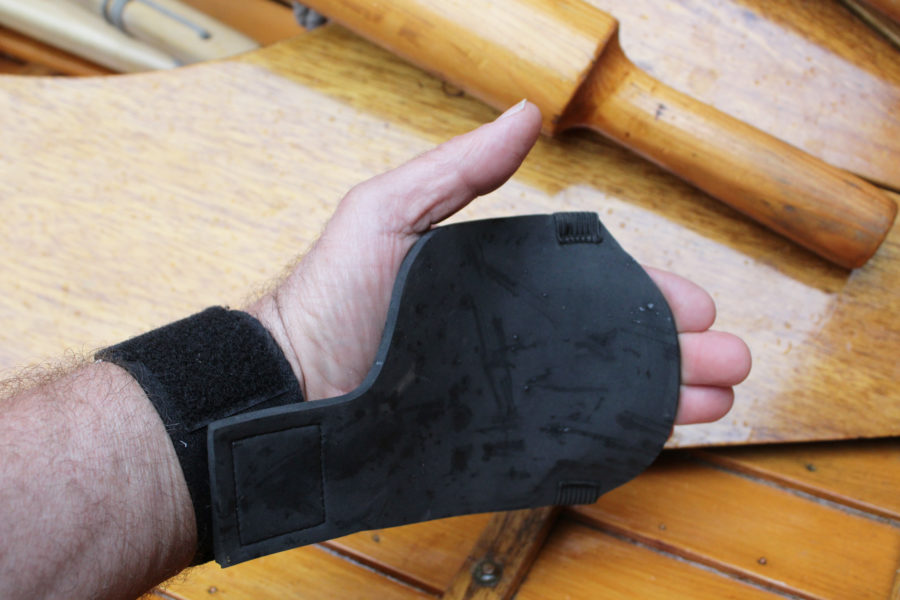
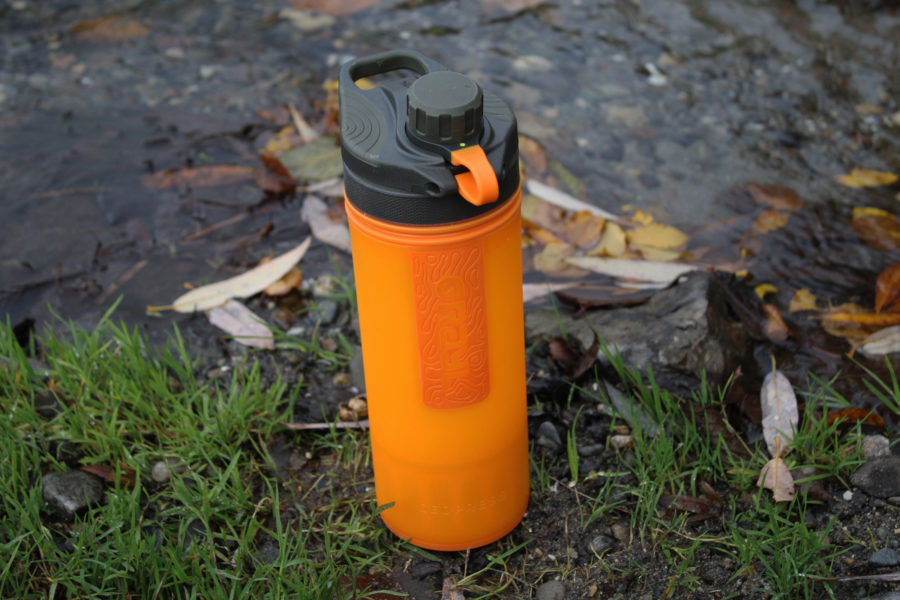
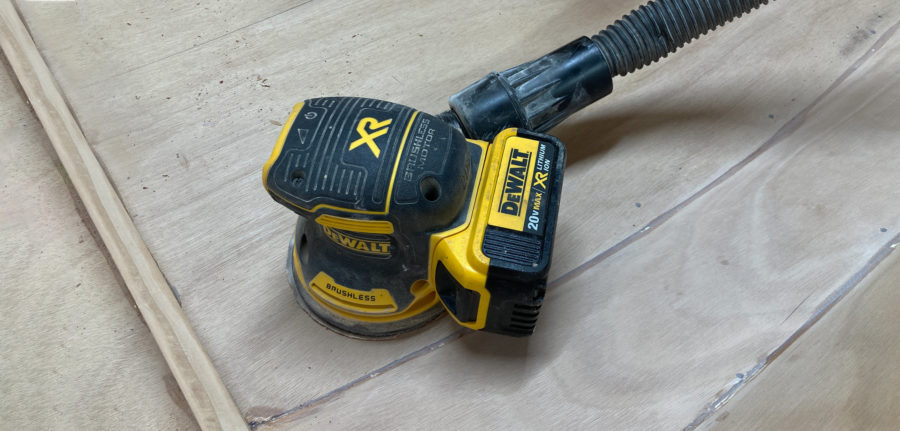
For those really space-constrained, one can purchase an empty 1-gallon paint can, and in it keep a few wag bags, toilet paper, Purell, and possibly a back issue of Small Boats Monthly, carefully folded and rolled, space permitting. Odors are usually well controlled if contents are double-bagged and sealed in the can.
In backcountry parlance, this setup is called a “groover” because it lacks the pressure-distributing effect of a proper toilet seat.
Be sure to keep a screwdriver handy–the process may become time-sensitive.
Metal ammunition boxes can also be used and their rectangular shape and size may work better for some small craft, the thin edges will definitely remind you where “groover” (a term I first came across being used by those running the Grand Canyon) came from.
Ammo cans…. I got invited to run the Grand Canyon back in 2005 in March. One morning as I sat on the toilet seat (it wobbled but was better than sitting on sharp surfaces) on top of the 50 cal ammo box inspiration came to me. I looked upriver to a bend and down river to another bend. I watched the sun change the colors of the rock face across the river, and I realized this was the most beautiful site in the world to perform bodily functions. Actually, I have fishing-fanatic friends who own pop-out plastic ugly center console blahs. But I am showing them this post because they do care about doing the right thing. This system is perfect for them.
The article is not exactly clear on the disposal of #1 and #2. Do you flush the whole bag down the toilet or empty the waste into the toilet then throw the bag in the garbage can?
I was wondering the same thing. While the bag is bio-degradable it probably won’t immediately disintegrate in the toilet for safe flushing. I suppose it will depend on the mass of the bag whether or not it can be safely flushed.
The bags are biodegradable but not flushable. The sodium polyacrylate in the Eco Gel is not biodegradable and it and the waste it treats are not meant to be flushed either. Used bags should not disposed of in plumbed toilets, campground outhouses, or pit toilets. The bags and Eco Gel are meant to be disposed of in trash receptacles whose contents will be transferred to landfills.
The bags and gel can help protect wilderness areas, but they have an environmental impact in landfills, so the SBHS is meant for occasional use when other facilities are not available.
—Ed.
“Let’s Do” is perhaps even more appropriate! :o)
Splendid idea for a portable dunny. Not to add to the garbo’s load on collection day, a dump run to dump the dumps is a deal at $7 a go, maximum weight 50-100 kilos, I don’t remember which. One would expect to be well within the limit.